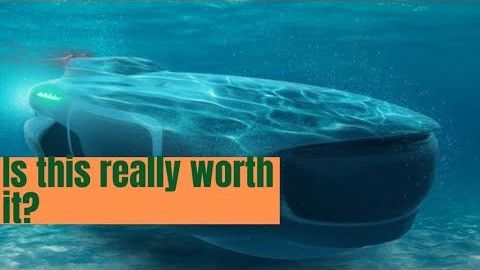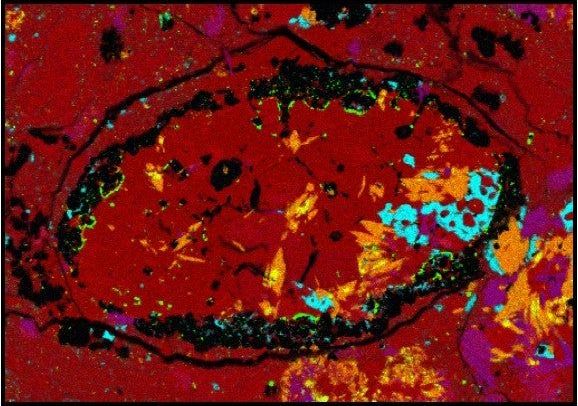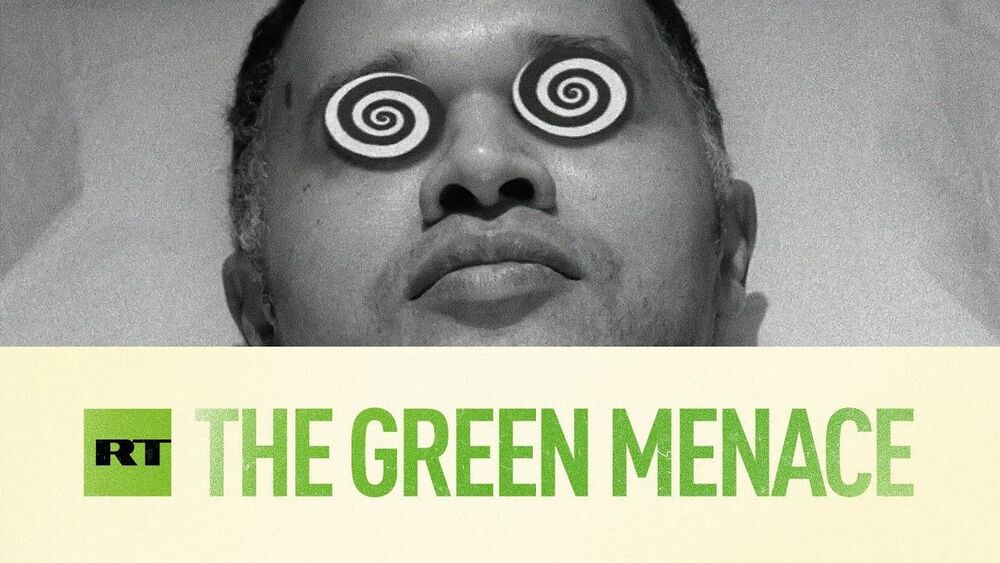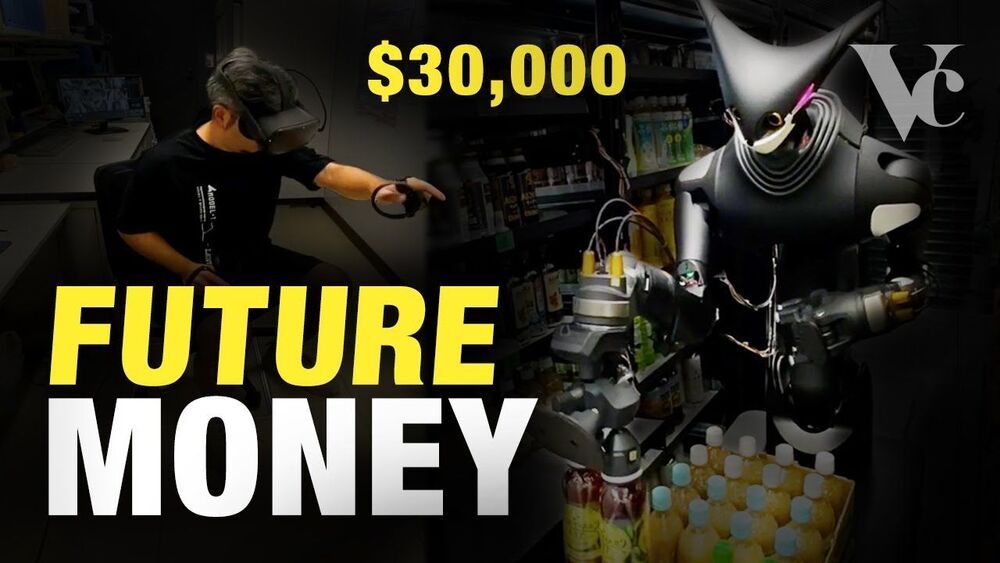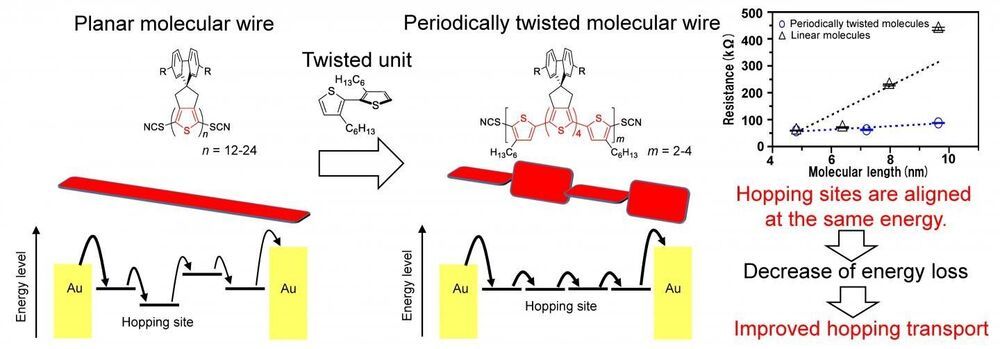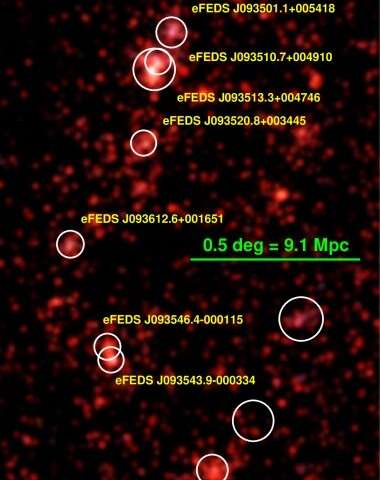Currently, we are faced with a shortage of precious metals from conventional mines. As such, humanity has turned to deep-sea mining in order to gather its precious metals resources. In this video, I will talk about the differences between deep-sea mining and asteroid mining as well as talk about these technologies’ implications for the future world.
Discord Link: https://discord.gg/brYJDEr.
Patreon link: https://www.patreon.com/TheFuturistTom.
Please follow our instagram at: https://www.instagram.com/the_futurist_tom.
For business inquires, please contact [email protected].
Editor credits (Velinix):
https://www.youtube.com/channel/UCYcAMWx0Vcsy-SSzX3HVWYw?view_as=subscriber.
https://www.instagram.com/velinix/
Tweets by Panda123Jewels
